The concept is simple enough.
If you want to build an all-star digital marketing team, then you search out the most talented individuals, convince them that you’re exactly where they should be, and bring them on board.
After that, it’s just a matter of keeping them happy.
Right?
If it were that simple, every startup would be flourishing with a dream team powering their marketing efforts.
Not that long ago, a single person or two could handle the bulk of the marketing efforts.
All that is changing.
No matter how skilled an individual is, they don’t have enough arms – or hours in the day – to get everything done.
Why a jack-of-all-trades won’t always cut it
Early on in the startup phase, you can probably get by for a brief period with one person wearing multiple hats.
Sometimes that’s you, but more than likely a full-stack marketer has been brought on to handle all the marketing magic.
What exactly is a full-stack marketer?
Regardless of the organization, they work in virtually every area of marketing.
They focus on the customer and outcome rather than specializing in a single domain.
They have a wide skill set, making them highly versatile.
The full-stack marketer is a jack-of-all-trades, and often includes key skills such as:
- Marketing planning
- Content strategy development
- Media buying
- Social media management
- Email marketing
- PPC
- Conversion optimization
- Storytelling
- Analytics and metrics
These skills and much more are what many consider to be the core of what makes the perfect digital marketer.
It may be tempting to try to search for a couple of full-stack marketers that can handle everything.
But keep in mind that while these individuals may have a wide skill set, they aren’t always the ideal solution for a few reasons.
Let’s consider these reasons.
1. Personal Limitations
An individual can only be so productive on any given day.
It doesn’t matter how skilled they are, they only have two hands and only so much focus.
Plus, multitasking is bad.
We’re not wired for trying to tackle more than one project at a time, no matter how much a person touts that they can take on the world.
Simply put, multitasking has been proven to make efficiency plummet.
2. Unequal Skill Sets
A full-stack marketer might be able to function in a variety of areas, but that doesn’t mean they carry equal skills in every area. Take this research from Smart Insights:
This image shows the top 20 digital marketing skills and how marketers rated their proficiency in various areas.
Their research reveals just how much of a challenge it is for someone to develop their skills equally across such a wide range of specializations.
Not to say that a full-stack marketer isn’t a smart investment.
The full-stack marketer fits best with smaller companies and startups. In that environment, they can use their entrepreneurial spirit and skill set to drive growth.
As companies grow, it’s best for this kind of individual to move into a leadership position where they can develop your all-star team to include specialists with targeted skill sets.
The people on your digital marketing team
As you build out your digital marketing team, there are three key roles you should focus on.
- Acquisition
- Monetization
- Content
There’s no rule about the number of people you need for your team, so build out your marketing team based on your business needs and the strategy you’ve developed.
If you have no marketing team, your first goal should be to hire at least one person for each of the above areas. This gives you someone accountable for each of the core responsibilities.
1. The Content Team – This is the individual or team responsible for creating, sourcing, and managing all of your content.
Your content team will handle blogs, podcasts, videos, infographics, social content, content curation, white papers, etc.
This includes content that is both customer-facing and internal (such as content created to support your sales team) and at all levels of the sales funnel.
HubSpot provides a good example of how content changes based on the sales cycle or stage of the buyer’s journey.
Your content team will use research to determine the best strategy for developing content including:
- The type of content to develop
- The most appropriate topics
- At what stage to present that content
- The best marketing channels to promote that content
2. The Acquisition Team
This team is directly responsible for the initial acquisition of customers including the lead generation strategy and acquisition strategy.
Aside from overseeing the organic and paid traffic campaigns, these are your go-to people for monitoring analytics and tracking key performance indicators (KPIs).
Analytics need their own focus.
Why?
Because, for your marketing strategies to be effective, your teams need to know which channels work and which channels are junk as quickly as possible.
Paying attention to metrics and your KPIs will keep you from wasting a ton of money.
Lead generation is also critical. While your teams should work on building relationships with existing customers, you still have to create a constant flow of new ones.
That’s where your acquisition team steps up to the plate.
According to a 2012 State of Digital Marketing report, lead generation is the top priority for B2B marketing teams.
This remains unchanged based on data gathered by Content Marketing Institute, which reports that 85% of B2B marketers put lead generation as their top priority.
Your acquisition team should also have a primary handle on graphic design for ads, paid and organic campaigns, and any original images used in your content marketing.
3. The Monetization Team
The purpose of everything you do is to make money, so having someone devoted to this ensures that everything you’re doing moves you toward that goal.
This team doesn’t just focus on generating money. Their goal is to maximize the revenue your teams and assets are generating.
This is where your team comes together to optimize conversions through split testing, improving email marketing strategies for better open and click through rates, etc.
Your monetization team will develop the plan to help you measure success over time.
Early on, you’re likely to have just one person in charge of each of these areas. As your business grows, the goal is to pad out each of these teams, so the work becomes more granular.
Hire great marketers who specialize in things like analytics, blog content, video marketing, email marketing, etc.
Where to find your digital marketing dream team
Business would be so much simpler if you could hire a marketing A-Team at one fell swoop.
If only.
You’ll have to piece your team together, and it won’t happen overnight.
But knowing how to find and attract talent can simplify the process.
1. Attract the talent you want.
Hunting for candidates is a start, but you should also focus on improving your culture and creating a better workplace to attract talent.
According to McKinsey, we could add $2.7 trillion in global GDP by better matching people and jobs.
That starts with a shift in perspective.
Instead of trying to take candidates from application to hiring in a simple linear approach, treat it like you treat your customer journey.
Notice how the above candidate journey shared by Monster and Fortune shows a cycle similar to that of a customer?
Grow relationships with employees the same way you cultivate customer relationships. This leads to loud and proud brand ambassadors.
It doesn’t matter how many recruiters you’ve got. They can’t hold a candle to the power of your employees boasting and operating as a true extension of your company.
A study from Edelman even shows that employees are three times more credible when talking about working conditions than the CEO.
They can help attract serious talent to your company.
2. Target your competition.
We all have competitors.
Find the ones that are doing it right within your industry, then solicit the top candidates with similar titles and roles.
Use networks like LinkedIn to find these people.
3. Get referrals.
You know who knows exactly what it takes to do the job?
Your current employees.
Offer them a bonus of some kind for helping you find winning prospects that fit the bill for your open marketing positions.
Roswell uses cash rewards for helping the business find lasting employees.
Your employees will be motivated to find the right people, not only because of the reward involved but also because they want to bring people who will make the workload lighter.
4. Use social media.
Social media isn’t just a way to connect to customers.
There are job seekers out there as well.
Your social channels make it easy to connect with talent from around the globe. Not only does it help you find that talent, but it opens the curtain so candidates can see if you’re a good fit.
It’s more than just posting job openings to your Facebook page.
Think of every customer interaction as an interaction with a potential candidate.
5. Tap LinkedIn groups and online communities.
If you want to reach and engage top talent for your marketing team, you need to go where those people are spending the bulk of their time.
For example, a company seeking developers should look into development communities on Reddit, or visit Stack Overflow and search based on ratings.
For marketing talent, look for discussion groups, forums, and communities where people are providing tremendous insight.
Target the people providing authentic value in discussions.
6. Search specialized job boards.
If you’re looking for candidates with a special skill set, then find those specific candidates based on their skills.
Here’s an example. If I wanted to hire a content writer, I might target the community at ProBlogger with a specific job post.
This is a great way to connect with candidates, especially if you’re open to remote workers.
7. Use targeted paid ads.
Paid ads may not necessarily reach the passive candidate, but everyone is on social media (especially Facebook).
You can use the targeting features of Facebook’s ad platform to get your job posts into the feeds of the people who most closely match the skills, interests, region, and even the hobbies you want.
It’s a clever way to try to establish culture fit during the candidate acquisition phase.
Checkout this post from Larry Kim at Wordstream advertising open positions.
Once he made the post, Kim used Facebook’s ad platform to boost the post and get it in front of the right people.
According to his post, the ad saw awesome engagement (for a recruitment ad) including:
- 83 likes
- 14 comments
- 15 shares
- 773 clicks on the link to their jobs page
- 15 new likes to the company Facebook page
For just $200 and a little bit of time spent on targeting, Wordstream got a nice engagement boost, over 20 resumes, and a stellar new hire they’re proud of.
That cost less than a public ad on most major employment sites and was highly targeted. There aren’t too many methods for finding new employees cheaper than that approach.
8. Screw tradition!
Go against traditional hiring means, and chase down the people you know. You probably know someone with a creative streak and some marketing talent.
Pin them down, and see if they’re a good fit.
Traditional wisdom might tell you to avoid hiring friends and family, but in a growing business who else could be more committed to your success?
There’s risk with any employee, but hiring friends (and even family) means there is already an established trust.
9. Grab students.
Paid internships are always a possibility, but don’t turn your nose up at unpaid apprenticeships.
Work with a local community or 4-year college to set up an apprenticeship or internship program.
I love the idea of getting someone that is hungry and impressionable.
You can benefit from ambitious marketing students who might need or want that internship before graduation.
A good candidate can grow with you and become an all-star on your digital marketing team.
And hiring someone younger can give you a nice glimpse into the younger generations that your company might not have thought about beforehand.
10. Look globally.
There’s no reason why your digital marketing team needs to reside within the physical walls of your business.
Countless organizations hire talent from around the world, and you should as well.
Buffer has employees spread out across 11 different time zones.
I have people working remotely for me in locations around the world — every continent except Antarctica.
(Penguins are terrible marketers.)
Not only does this broaden the talent pool, but your overhead cost is greatly reduced.
You’re not paying to physically house the employee (desk, office space, hardware, software, supplies, utilities, etc.).
11. Look for talent everywhere.
Here’s a little secret you should know.
The best talent out there, meaning the kind of people you really want to hire, aren’t actively looking for a job.
You should constantly have your radar up for hyper-talented people that fit your marketing needs.
They might not be doing the same job at the moment. They could be doing anything. Be on the lookout for talent everywhere.
Your next community manager could be a waiter, hotel staff, a volunteer firefighter, a retail sales rep, or call center clerk.
Don’t hire based on experience alone
Wherever you go looking for talent, keep one thing in mind.
Do not just hire people based solely on their experience.
We’ve all met people with a tremendous resume, but who wound up with bison-like interpersonal skills, unable to mesh with the company culture.
Look beyond the resume.
For starters, realize that there is no such thing as the perfect team.
Don’t fall into the trap of trying to build your marketing dream team based on stats and experience alone.
Instead, hire people that will make up the best team to help you achieve your goals.
For example, if your top priority right now is lead generation, then you want to invest in inbound marketers and people who bring their A-game with top-of-the-funnel content like what’s pictured above.
If you’re trying to launch your brand to new heights, then focus team building around marketing communications, PR, and eye-catching design.
Outside of that, consider these points for building your all-star team:
1. Go for culture over skill.
It’s so tempting to hire someone with tremendous results and a mile-long list of achievements.
But what if that person is cocky, self-centered, or confrontational?
What if they’re too meek and can’t present their own ideas?
No matter what kind of results they get, you want people who will fit in well with your company culture.
Simply put, your marketing team will never be able to reach its full potential if the team doesn’t mesh.
2. Results are still important.
With that said, you still want to see results.
Marketers are much easier to hire than other professions because you can look at real numbers.
When talking to candidates, take the time to ask them data-driven questions such as:
- How much they improved sales
- Which campaigns brought results, and how they improved the campaign along the way
- What the return on investment was for specific activities and campaigns
Everything your all-star team does will be measurable and trackable.
There’s no reason why the ideal candidate can’t provide you with hard and fast numbers that prove they can get results.
3. Balance strategy and tactics.
Marketing is incredibly fluid. Nothing is written in stone.
For that reason, you need to build a team that has a careful balance of tactics and strategy.
The strategy ensures that your team is looking ahead over the next 12 to 18 months, developing long-range campaigns with eyes on the future.
Balance that with tactics and a team who stays on their toes.
They should be capable of pivoting at the last minute on tactical deployments.
4. Hire hungry.
The marketing landscape changes so fast that hiring based on experience alone can leave you holding on to people with obsolete skills.
You want to hire people who are eager to grow, learn, and share their knowledge.
DigitalMarketer believes so strongly in learning and sharing knowledge that it has made it one of their core values.
They promote those who show an ability and willingness to do just that.
Those are the people you want on your team.
They’re passionate not only about growing professionally but also about growing the entire team for the good of your business.
Onboarding is the backbone of an all-star marketing team
How much money are you willing to invest in unproductive employees who don’t understand their job?
Probably not much, right?
Surprisingly, companies in the U.S. and U.K. spend upwards of $37 billion annually hanging on to unproductive employees.
Why?
Companies tend to perpetuate the problem with poor onboarding.
In fact, nearly a quarter of companies have no formal onboarding program at all.
Considering it can take a new hire up to eight months to reach their full potential, onboarding should be an ongoing process.
The goal is to minimize turnover and get the most out of every employee.
Onboarding is a major component to building a dream team.
But despite the fact that employers with longer onboarding programs see employees gain proficiency 34% faster, only about a third of companies with onboarding programs extend them beyond the first month.
Stellar onboarding isn’t just about making a good first impression.
It’s more than just training.
To build your all-star marketing team, you need to plan out how those new hires will be introduced to the company.
The plan should focus on how they’ll find their place, what’s expected of them, and more. It has a tremendous impact on their future performance.
Chad Halvorson, the founder of When I Work, shared an example of a strategic onboarding process on his blog.
In the above example, the onboarding process begins before the employee even starts working, setting them up for a comfortable and welcoming arrival.
It extends well beyond the first month, going out to 90 days to invest in proper training and ensure maximum cultural fit.
You put a ton of work into finding the right talent.
Since 69% of employees are likely to stay with a company for three years or more if they experience great onboarding, it’s in your best interest to protect the team you’ve built with structured onboarding.
Conclusion
For a startup, wearing all the hats or hiring a jack-of-all-trades might get the job done.
But as business ramps up with the desire to grow, you’ll need to put together a team of talented digital marketers with the specialized skills to help you scale your business.
Aim for acquisition, content, and monetization skill sets as you grow your team.
Leave no stone unturned when sourcing talent on a global level. Invest in your company culture to attract those talented marketers who are motivated by more than just a paycheck.
With the right cultural fit and a strong onboarding program, you can build that all-star marketing team that will hold their ground and grow with your business.
What are your go-to places to find top talent for your company?

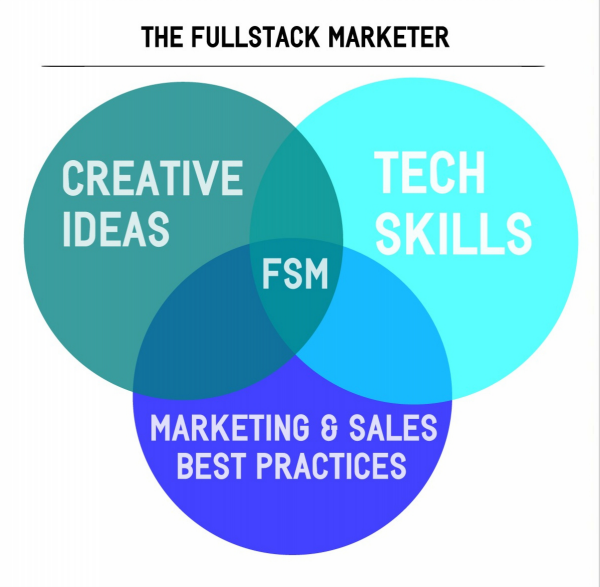
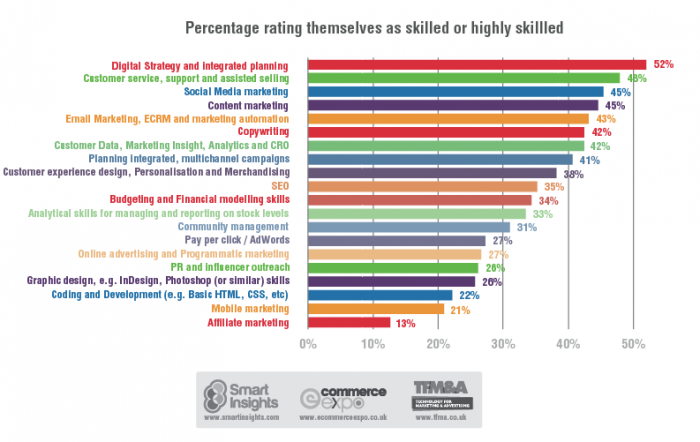
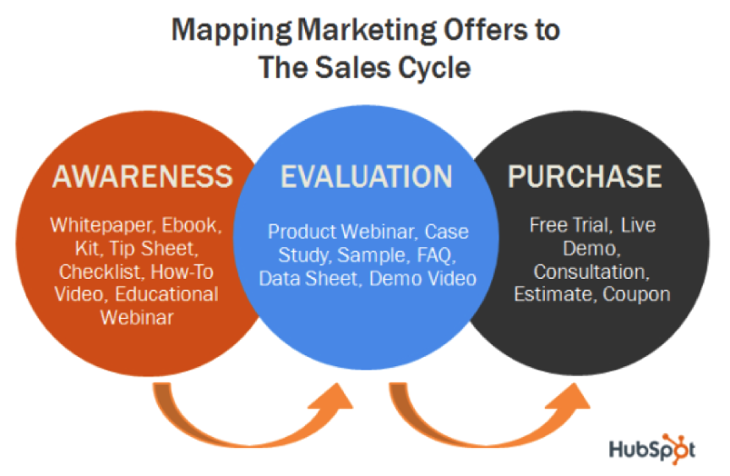
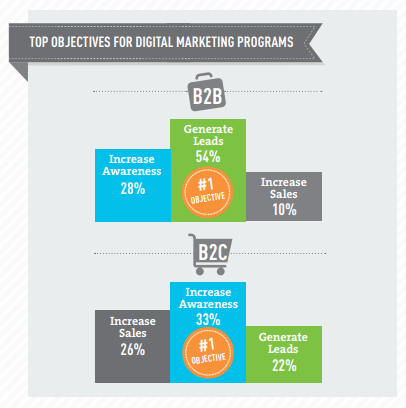
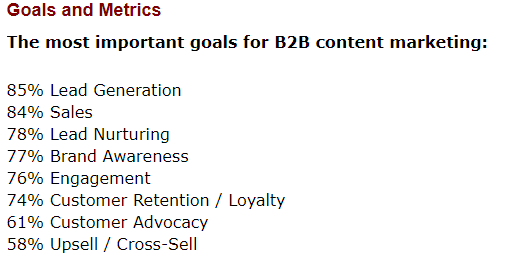
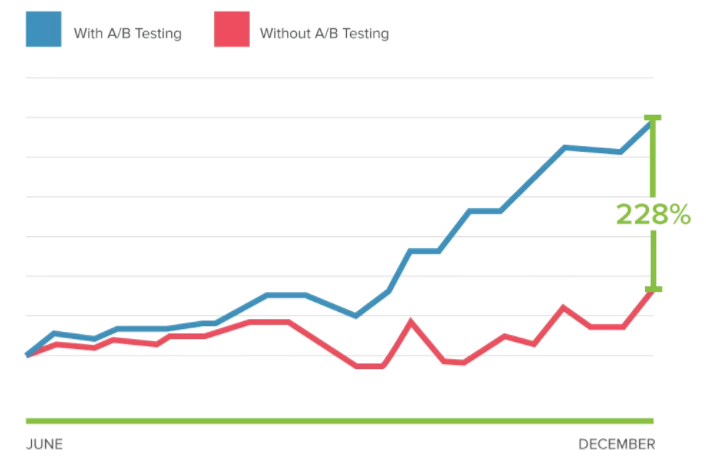
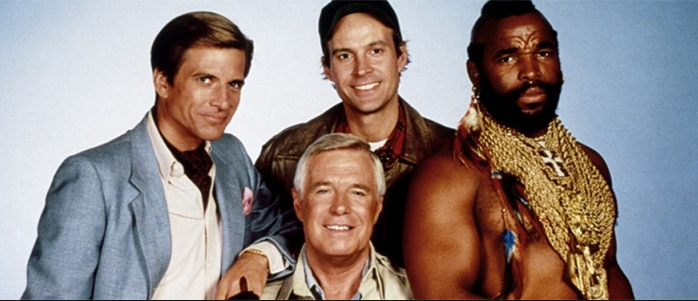
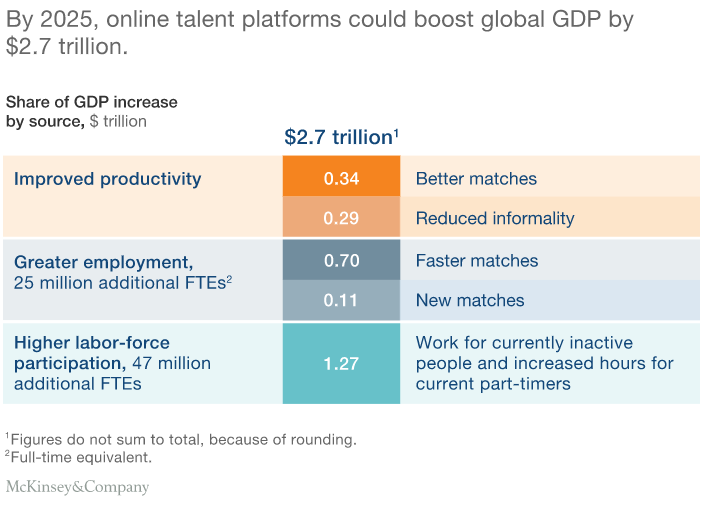
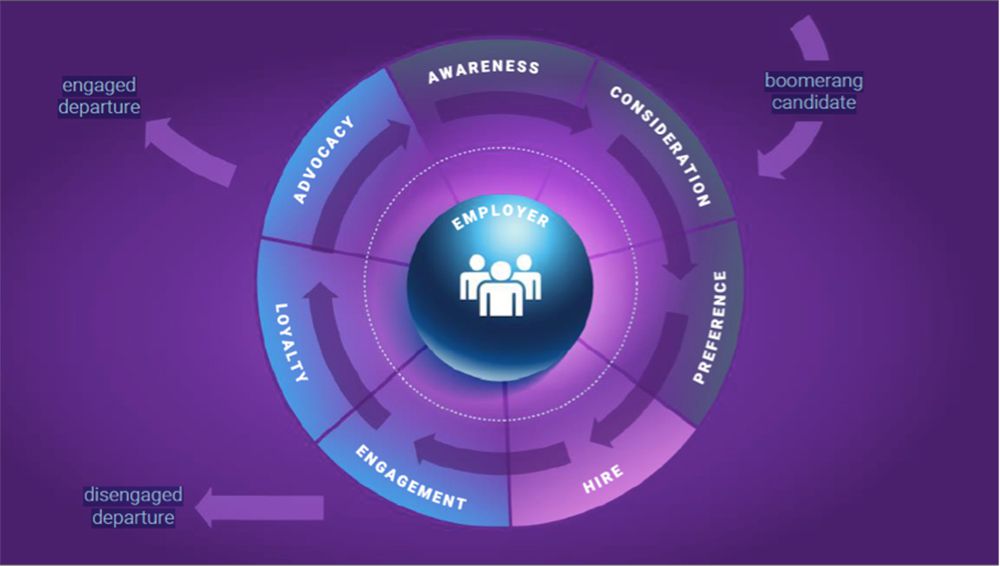
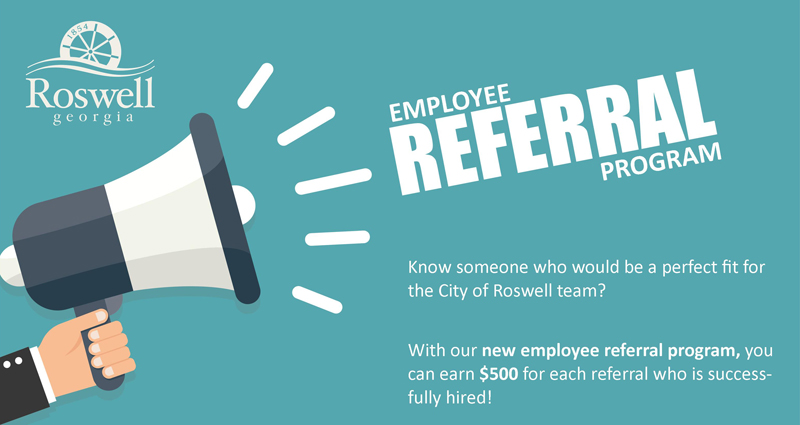

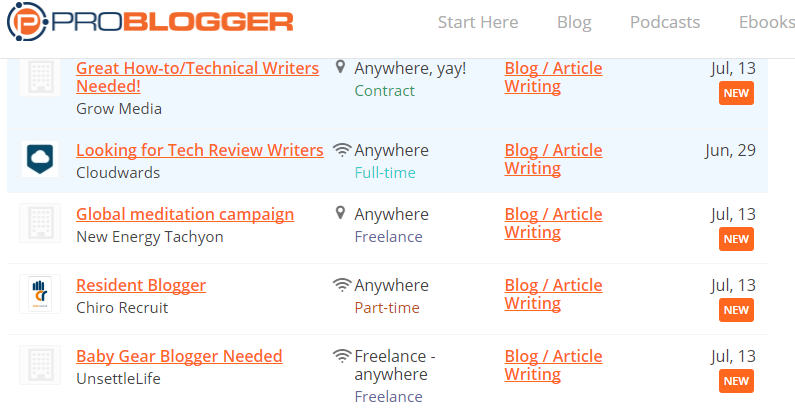
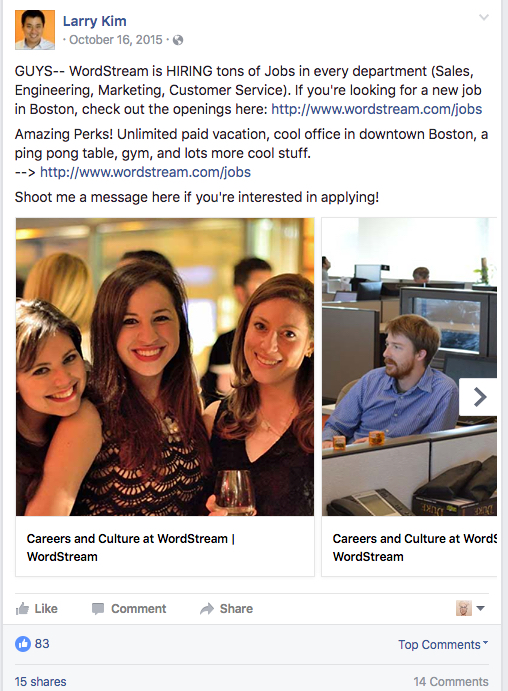
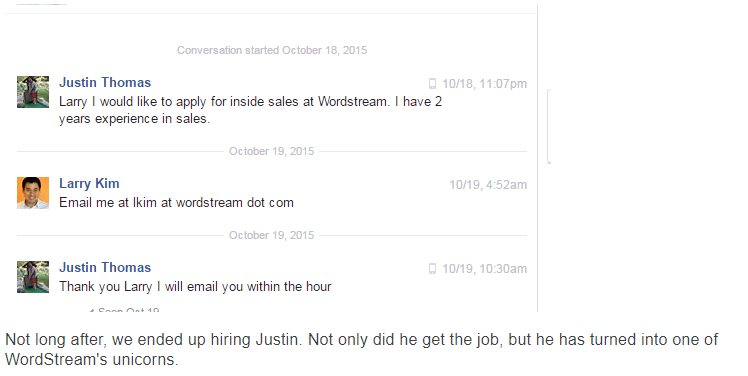


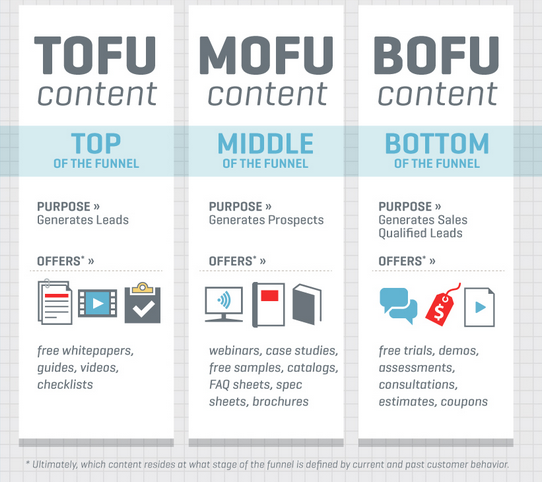
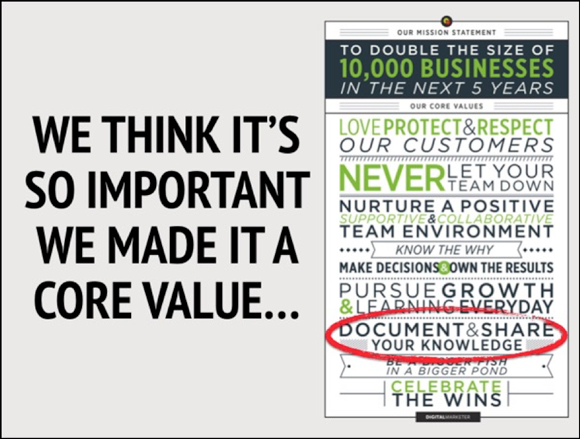
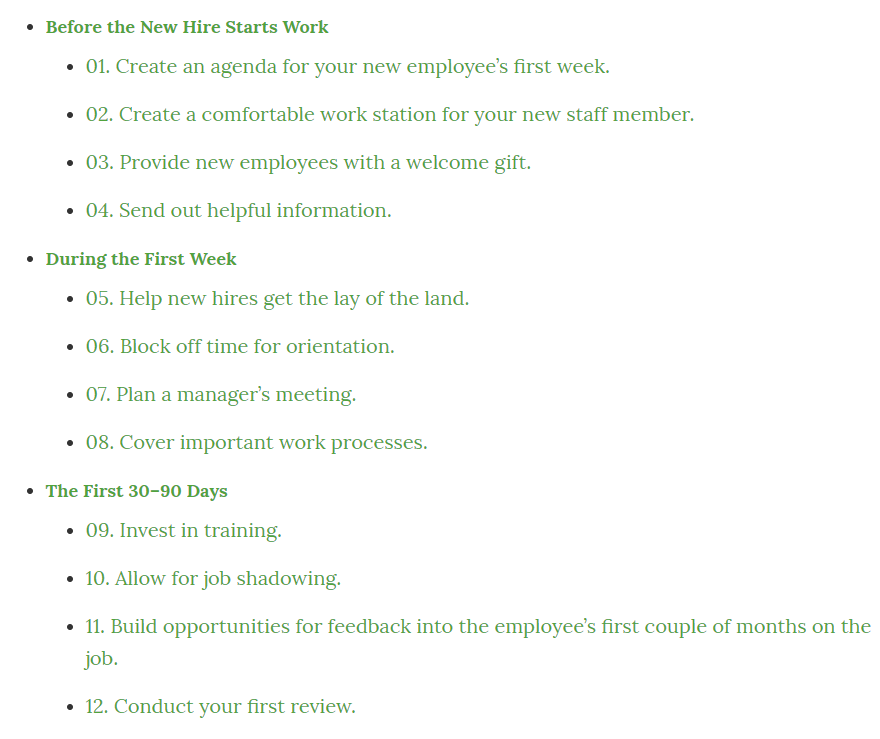

Comments (22)